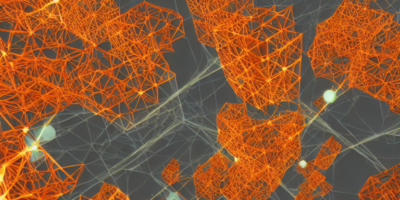
Mathematics, Optimization and Control
Bridging the gap between complex scientific research and the curious minds eager to explore it.
Page 71/179
LLaMA-2, the next generation of LLaMA. Meta trained and released LLaMA-2 in three model sizes: 7, 13, and 70 billion parameters. The model architecture remains largely unchanged from that of LLaMA-1 models, but 40% more data was used to train the foundational models. The accompanying preprint also mentions a model with 34B parameters that might be released in the future upon satisfying safety targets.

Mathematics, Optimization and Control
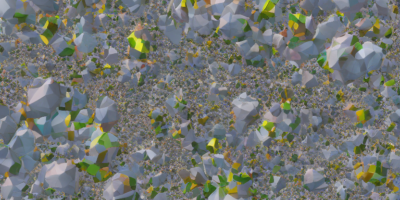
Mathematics, Optimization and Control


Computer Science, Machine Learning
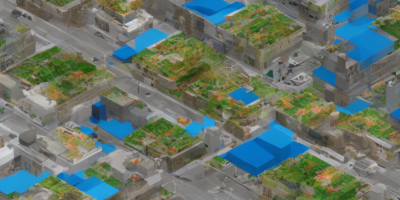
Computer Science, Computer Vision and Pattern Recognition
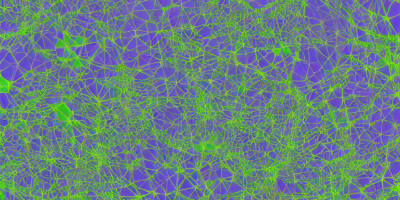
Computer Science, Machine Learning

Computer Science, Machine Learning
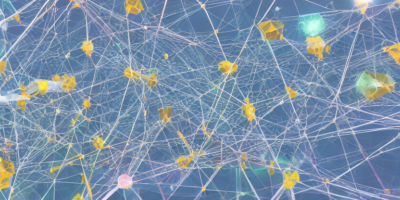
Artificial Intelligence, Computer Science
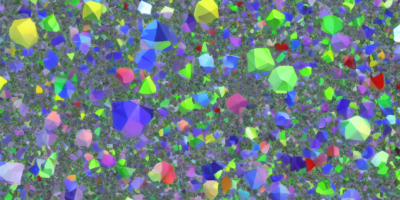

Computer Science, Computer Vision and Pattern Recognition
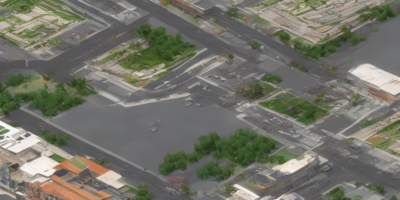
Computer Science, Computer Vision and Pattern Recognition

Mathematics, Numerical Analysis

Audio and Speech Processing, Electrical Engineering and Systems Science

Computer Science, Computer Vision and Pattern Recognition
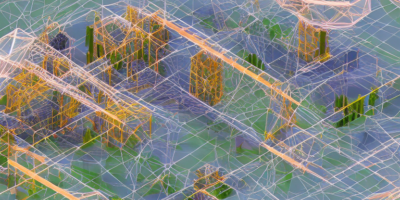
Computer Science, Information Theory

Computer Science, Computer Vision and Pattern Recognition

Electrical Engineering and Systems Science, Image and Video Processing

Computer Science, Computer Vision and Pattern Recognition
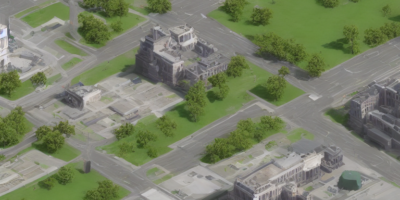
Electrical Engineering and Systems Science, Image and Video Processing
